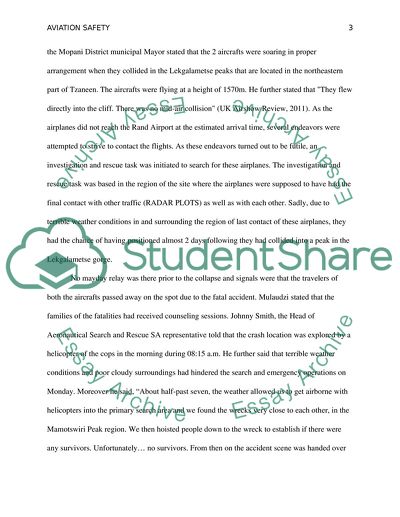Cite this document
(Aviation Safety: The Accident Research Paper Example | Topics and Well Written Essays - 2500 words, n.d.)
Aviation Safety: The Accident Research Paper Example | Topics and Well Written Essays - 2500 words. Retrieved from https://studentshare.org/professional/1805633-aviation-safety
Aviation Safety: The Accident Research Paper Example | Topics and Well Written Essays - 2500 words. Retrieved from https://studentshare.org/professional/1805633-aviation-safety
(Aviation Safety: The Accident Research Paper Example | Topics and Well Written Essays - 2500 Words)
Aviation Safety: The Accident Research Paper Example | Topics and Well Written Essays - 2500 Words. https://studentshare.org/professional/1805633-aviation-safety.
Aviation Safety: The Accident Research Paper Example | Topics and Well Written Essays - 2500 Words. https://studentshare.org/professional/1805633-aviation-safety.
“Aviation Safety: The Accident Research Paper Example | Topics and Well Written Essays - 2500 Words”, n.d. https://studentshare.org/professional/1805633-aviation-safety.


